20+ Years Experience
Specialist Aluminium Shopfronts

When it comes to furniture stores, the design of the shop front plays a crucial role in attracting customers and creating a strong brand image. From showcasing products to creating a welcoming atmosphere, the design of a furniture shop front can make or break the success of a store.
In this article, we will explore why shop front design is important for furniture stores, factors to consider when designing a shop front, creative ideas for shop front design, and tips for maintaining a well-designed shop front.
Whether you are a new furniture store owner or looking to revamp your existing shop front, our shop front designers will provide you with valuable insights to help you create a visually appealing and inviting space for your customers.
The shop front design of furniture stores plays a crucial role in shaping the overall customer experience and establishing the brand identity.
A well-thought-out shop front design not only attracts potential customers but also sets the tone for the type of experience they can expect inside the store.

From the choice of colours and materials to the layout and signage, every aspect contributes to creating a visually appealing and welcoming environment.
Customers often form their initial impressions based on the exterior appearance of a store, making it essential for furniture stores to invest in eye-catching designs that reflect their brand identity and values.
This initial visual impact can significantly influence how customers perceive the quality and style of the products offered.
An aesthetically pleasing and well-designed shop front has the power to attract customers by creating a visually inviting space that enhances the overall customer experience.
The exterior of a furniture store serves as the first impression for potential customers, setting the tone for what they can expect inside.
By investing in a beautiful shop front, a furniture store can communicate its style and quality to passers-by. A well-thought-out design with attention to detail, such as attractive window displays and strategic lighting, can draw in customers and spark their curiosity.
This initial attraction can lead to increased foot traffic, as customers are more likely to enter a store that looks appealing and welcoming.
The design of a furniture shop’s front plays a key role in shaping the brand image and identity, conveying the shop’s values and unique selling points.
When customers approach a furniture shop, the visual impact of its shop front design is often their first interaction with the brand. A well-thought-out design can convey a sense of quality, sophistication, or warmth, depending on the desired brand image.
Elements such as colour schemes, signage, and window displays are crucial in communicating the shop’s identity and attracting the target audience.
By incorporating branding elements like logos, typography, and overall aesthetics, a furniture shop can create a memorable visual identity that resonates with customers and sets it apart from competitors.
An effective shop front design enables furniture shops to showcase their products in a visually appealing manner, attracting customers’ attention and encouraging exploration.
This display not only serves as a platform for presenting furniture pieces but also plays a crucial role in enticing passers-by and potential buyers.

The strategic arrangement of settees, tables, and decor items in a well-designed shop window can create an inviting atmosphere, drawing individuals to step inside and further engage with the merchandise.
By focusing on product presentation, shop owners can capture the interest of customers, influencing their perception of the brand and increasing the likelihood of making a purchase.
A thoughtfully curated display can convey the quality and style of the furniture pieces, showcasing them in the best light and triggering a desire to own them.
When designing a furniture shop front, several key factors need to be considered, including the location, target audience, store theme, and branding elements.
The location of a furniture shop can significantly impact its success. A prime location in a high-traffic area can attract more customers and increase visibility. It is crucial to align the design with the preferences and needs of the target audience to create a welcoming and appealing atmosphere that resonates with potential customers.
The store theme plays a vital role in shaping the overall ambience and experience for visitors.
Consistent branding elements such as logos, colour schemes, and signage contribute to a cohesive and memorable design that reflects the essence of the furniture shop.
The location of a furniture shop and understanding the target audience are critical factors that shape the design of the shop front, influencing accessibility and customer interaction.
When designing a furniture shop front, it’s essential to consider how the physical surroundings impact the shop’s visibility and appeal to potential customers in the area.
For example, a shop located in a fashionable urban neighbourhood might choose a modern and stylish shop front design to attract younger, style-conscious shoppers, while a shop in a more traditional setting may opt for a classic frontage to connect with a more mature audience.
By adapting the design to reflect the preferences and expectations of the local community, the shop can create a welcoming environment that promotes customer engagement and nurtures a sense of connection.
The shop theme and branding elements of a furniture shop front are instrumental in reflecting the brand identity, style, and values of the shop.
These aspects create a visual language that speaks to customers before they even enter the shop, offering a glimpse into the overall aesthetic and ambience they can expect.
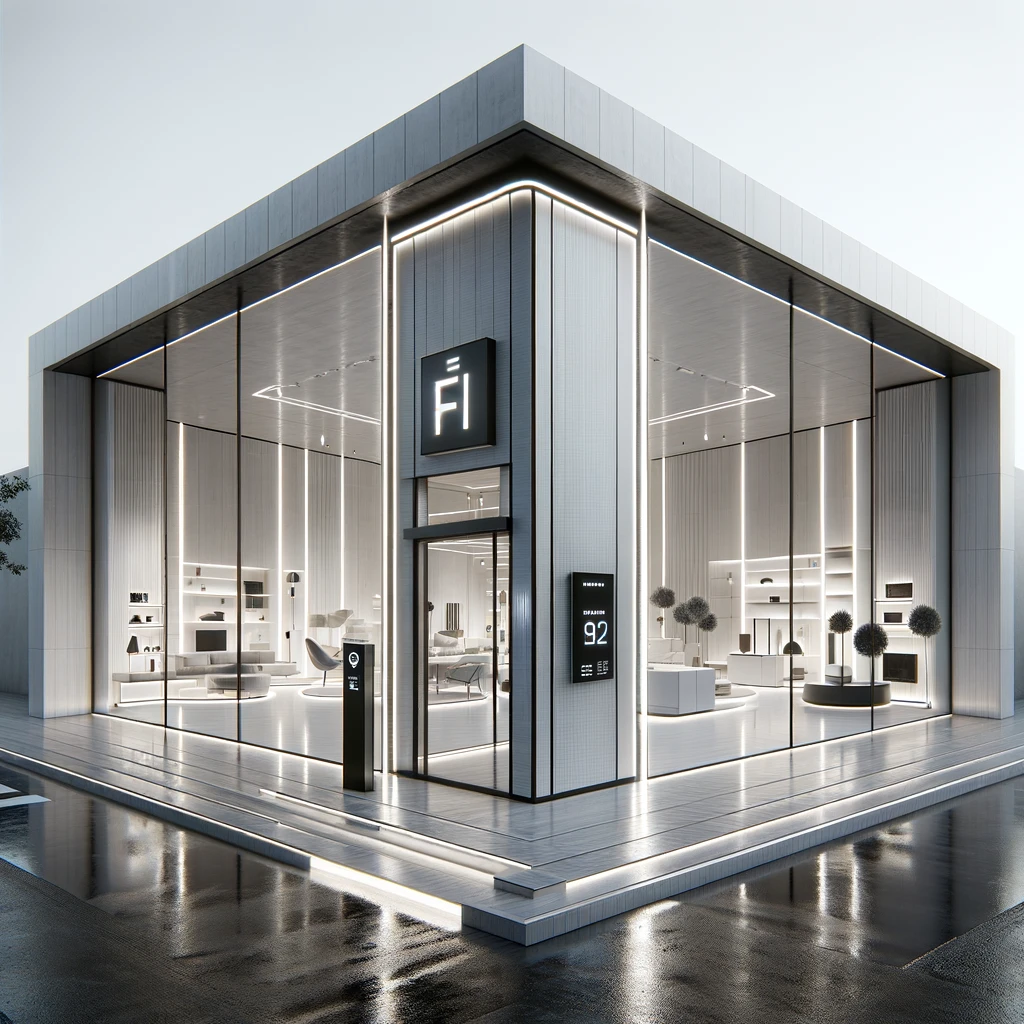
A well-executed theme and branding strategy can evoke specific emotions and associations, helping to differentiate the shop from competitors and solidify its position in the market.
By maintaining a cohesive branding approach across various touchpoints, such as signage, displays, and packaging, the shop can establish a strong and easily recognisable visual identity that resonates with its target audience.
Strategically designed window displays and signage play a crucial role in attracting customers, conveying brand messages, and enhancing the overall visual appeal of a furniture shop front.
By effectively utilising visual merchandising techniques in window dressing, a furniture shop can create a captivating and inviting shop front that entices passers-by to step inside.
The artful arrangement of furniture pieces, lighting effects, and thematic decor in the display windows can communicate the shop’s unique style and offerings at a glance, making a memorable impression on potential customers.
Well-crafted signage can further reinforce brand identity and promote special promotions or key product features, serving as a silent yet powerful sales tool in the competitive retail landscape.
Innovative and creative ideas for furniture shop front design can set a shop apart, showcasing unique concepts that resonate with contemporary trends and customer preferences.
By incorporating elements like interactive displays, eco-friendly materials, and striking visual merchandising, a furniture shop can create a welcoming environment that entices passers-by to step inside.
Utilising technology, such as augmented reality for virtual room setups or touchscreens for product customisation, can offer customers a truly immersive shopping experience.
Bold colours, unconventional shapes, and dynamic lighting can further enhance the shop’s aesthetic, making it a destination for design enthusiasts seeking something fresh and inspiring.
Incorporating natural elements such as wood, plants, and earthy colours can infuse a sense of warmth and authenticity into the design of a furniture shop front, creating an inviting ambience for customers.
By utilising sustainable materials like reclaimed wood or bamboo, a furniture store can not only showcase eco-friendly practices but also exhibit a timeless charm.
Introducing elements like stone or wicker furniture can add texture and depth to the overall layout, making customers feel connected to nature within the shop’s setting.
Soft, earth-toned hues on walls and accents can further enhance the tranquil atmosphere, while strategic placement of potted plants or greenery aids in purifying the air and providing a relaxing environment.
Integrating state-of-the-art technology such as interactive displays and virtual reality experiences can enhance the design of a furniture shop front, offering customers innovative ways to engage with products and the brand.
These technological advancements not only enhance the aesthetic appeal of the shop but also play a crucial role in driving customer interaction and interest.
By providing interactive displays, customers can virtually explore different furniture pieces, visualising how they would fit into their own spaces. This immersive experience not only simplifies the decision-making process but also creates a memorable and engaging shopping experience.
Through the integration of technology, furniture shops can stand out in a competitive market and attract tech-savvy consumers looking for innovative and interactive retail experiences.
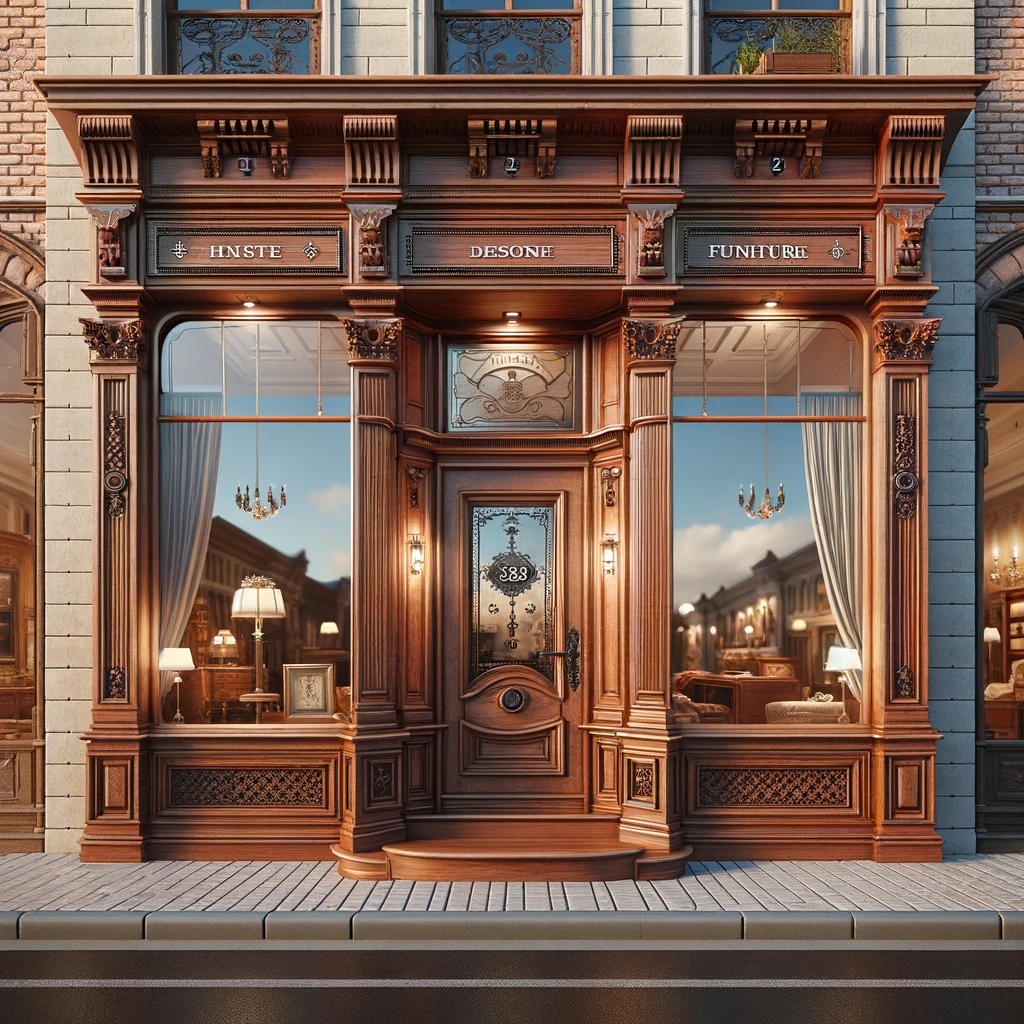
Interactive displays that encourage customer participation and exploration can transform the traditional furniture shop front into an immersive and engaging space that sparks creativity and interaction.
These interactive elements create a dynamic setting where customers become active participants in designing their living spaces.
By allowing individuals to virtually visualise different furniture arrangements and experiment with various styles, the store cultivates a collaborative atmosphere that nurtures innovative ideas.
Customers can mix and match pieces, explore colour schemes, and tailor designs to their preferences, making the shopping experience not only convenient but also deeply personalised.
This interactivity fosters a sense of ownership and connection to the products, ultimately leading to increased customer satisfaction and loyalty.
Creating themed window displays that align with seasonal trends or promotional campaigns can captivate customers’ attention and infuse a sense of excitement and relevance into the furniture shop front.
By incorporating creative decorative elements such as eye-catching lighting, vibrant colours, and thematic props, these displays have the power to transport passers-by into a world that resonates with the season or special promotion.
From cosy winter scenes with faux snow and warm hues to summery setups with beach accessories and refreshing blues, each display tells a unique story that not only showcases the featured furniture pieces but also sparks imagination and inspires visitors to step inside and explore further.
Ensuring the ongoing maintenance and upkeep of a well-designed furniture shop front is essential for preserving its visual appeal, updating displays, and keeping the storefront relevant and engaging.
Regular cleaning routines play a crucial role in maintaining a pristine exterior, starting with wiping down windows, dusting surfaces, and sweeping the entrance area.
By dedicating time to regularly cleaning the storefront, you ensure a polished look that entices passers-by. Updating displays periodically can breathe new life into the space and showcase the latest trends or products.
Seasonal decor changes further enhance the ambience and create a dynamic shopping experience that keeps customers coming back for more.
Regular cleaning and maintenance of the furniture shop front are vital to uphold the overall aesthetic appeal and ensure a welcoming retail environment for customers.
This practice not only helps in creating a positive first impression but also plays a significant role in protecting the furniture from wear and tear caused by dust, dirt, and other environmental factors.

A well-maintained storefront showcases the store’s commitment to quality and care, instilling trust in customers and encouraging repeat visits. It also reflects the brand’s values and attention to detail, which can influence customers’ perceptions of the products and services offered inside.
By prioritising cleanliness and maintenance, a furniture shop can strengthen its reputation and stand out in a competitive retail landscape.
Regularly updating displays and signage in the furniture shop front is essential to keep the space dynamic, relevant, and aligned with the store’s product offerings and promotional strategies.
By incorporating fresh visual elements and engaging signage, a furniture shop can create a captivating shopping experience that entices customers and encourages them to explore the store further.
Dynamic displays not only showcase the latest products but also highlight key features, styles, and seasonal trends, drawing attention to specific items and encouraging impulse buys.
These strategic retail tactics help in maximising sales opportunities and fostering a sense of novelty and excitement among shoppers, ultimately contributing to a thriving and competitive store environment.
Adapting the furniture shop front to seasonal themes and decor changes can create a sense of anticipation and renewal, keeping the shop front visually appealing and in tune with current trends.
These seasonal adaptations play a crucial role in captivating the attention of passers-by and attracting potential customers.
By incorporating elements like seasonal colours, textures, and decorative motifs, the shop front can evoke emotions and associations related to that specific time of year.
For instance, during the autumn season, warm tones and cosy accents can convey a sense of comfort and homeliness, resonating with customers looking to update their living spaces for the cooler months.
Aligning the shop front with current seasons and trends showcases a commitment to staying relevant and engaging with the target audience.
There are a range of other services that we can provide. Have a look at the list below for more information:
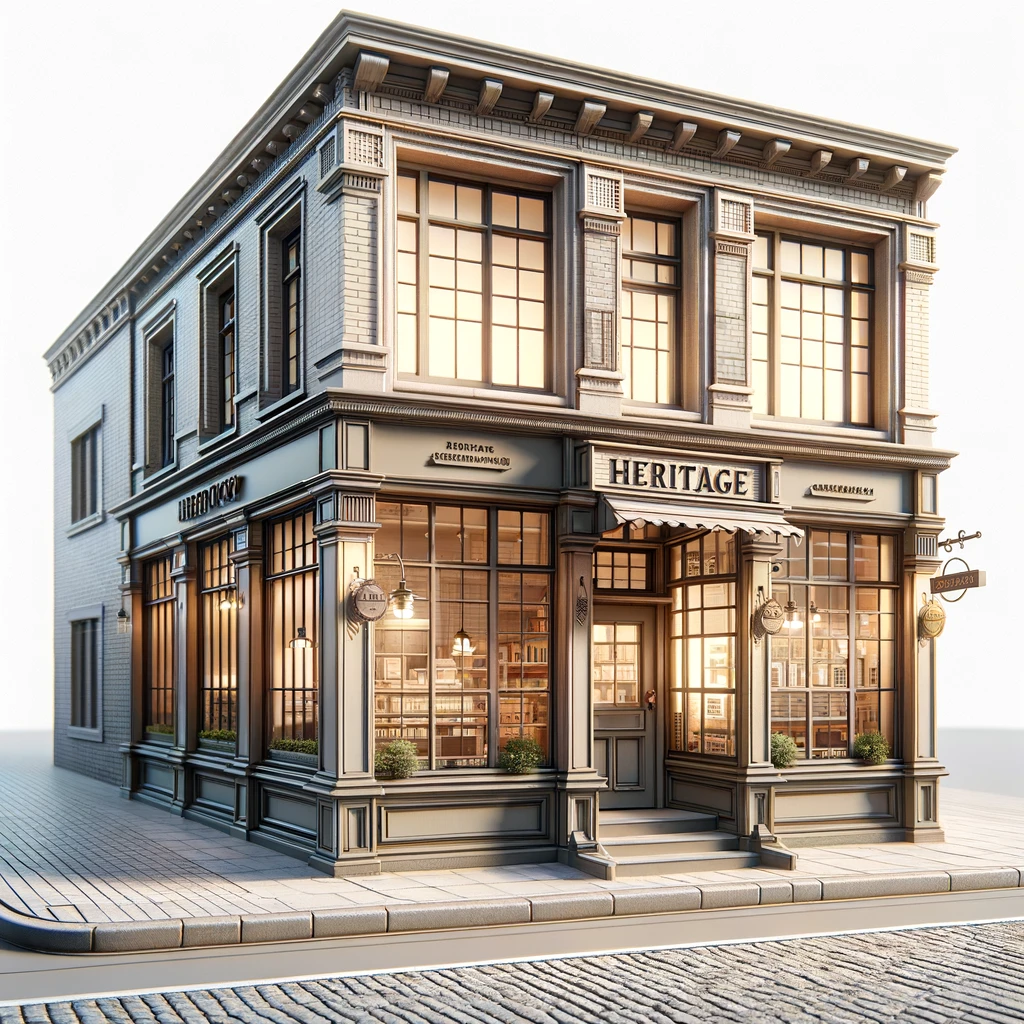
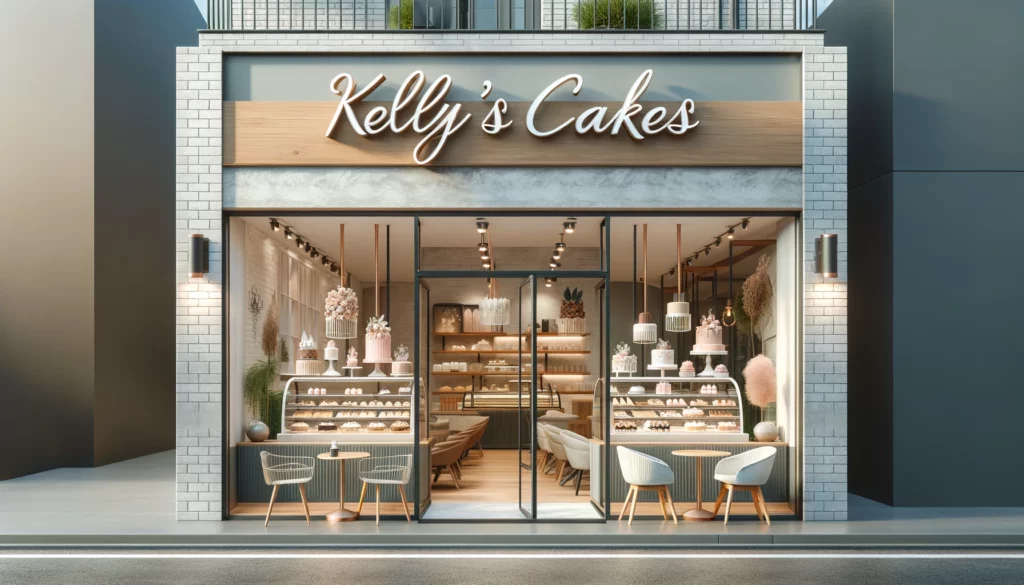
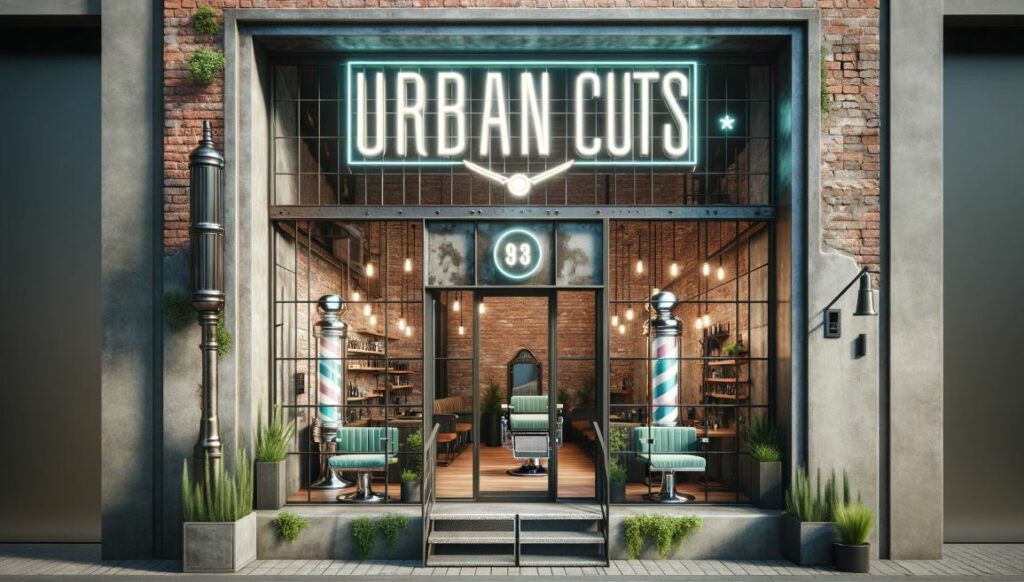
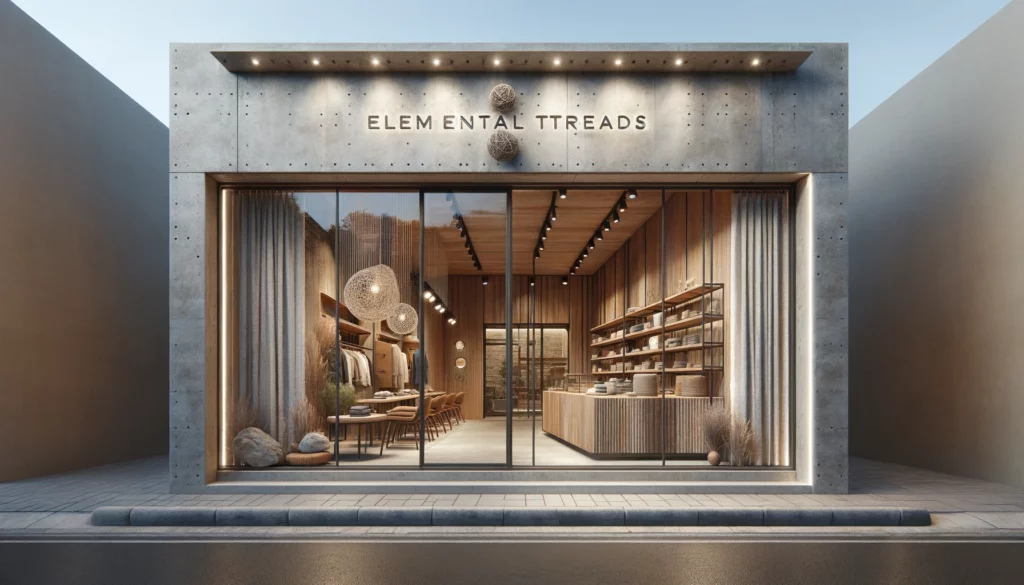



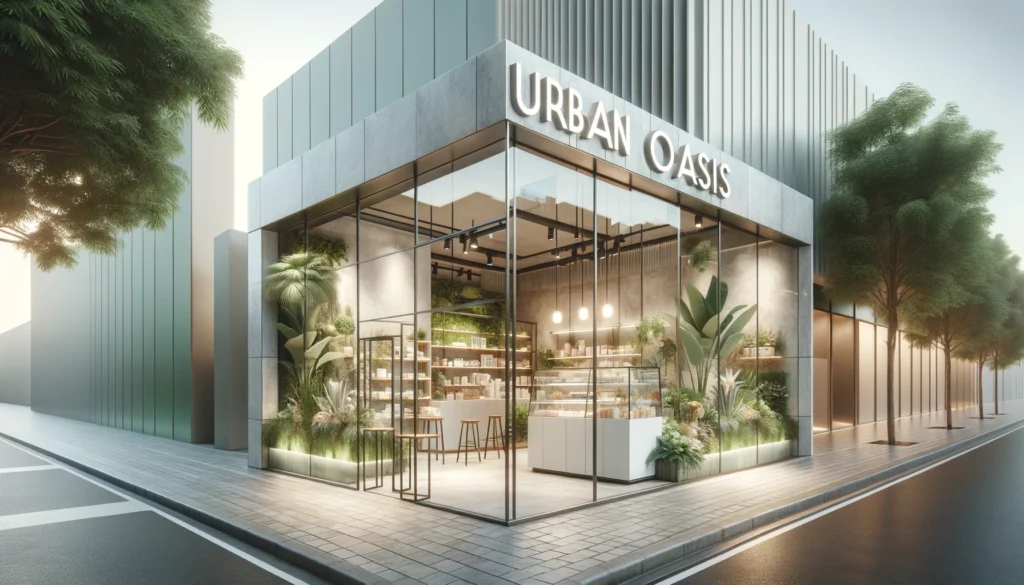
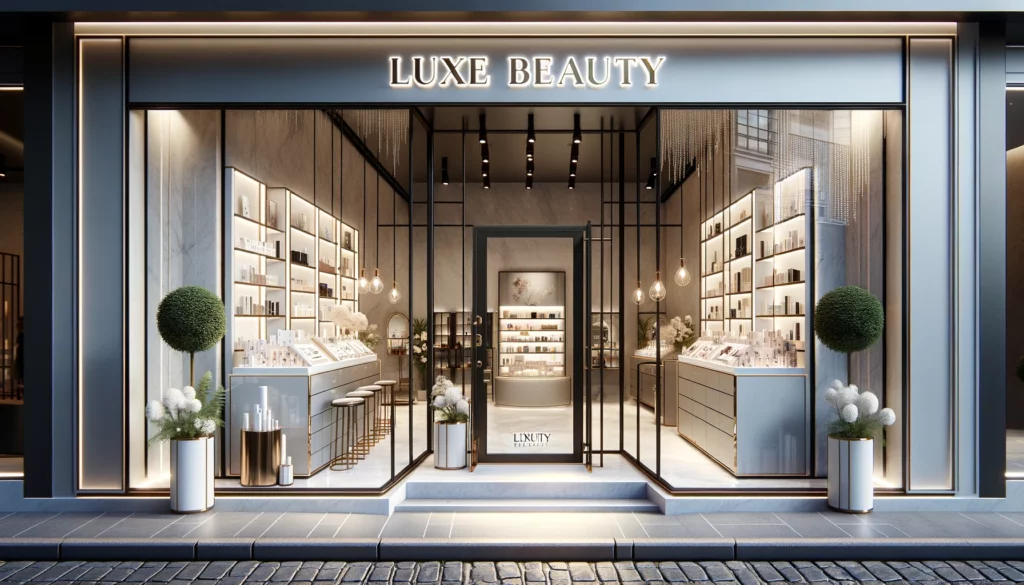
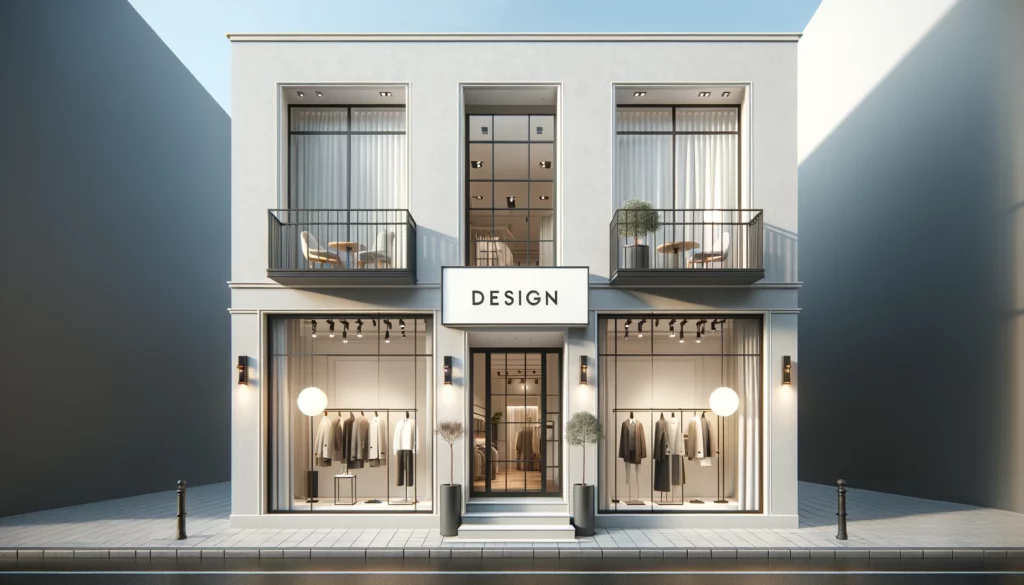

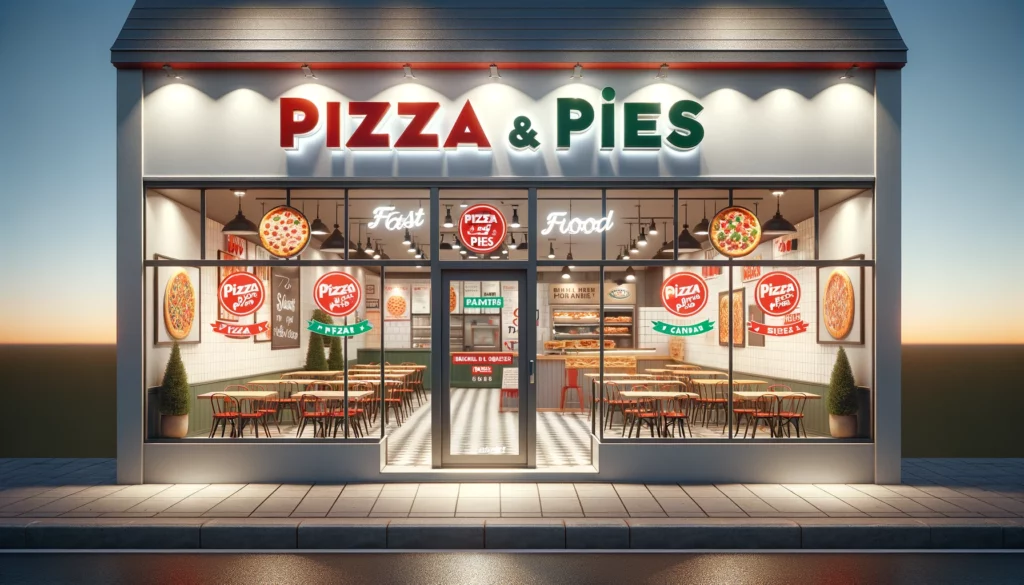






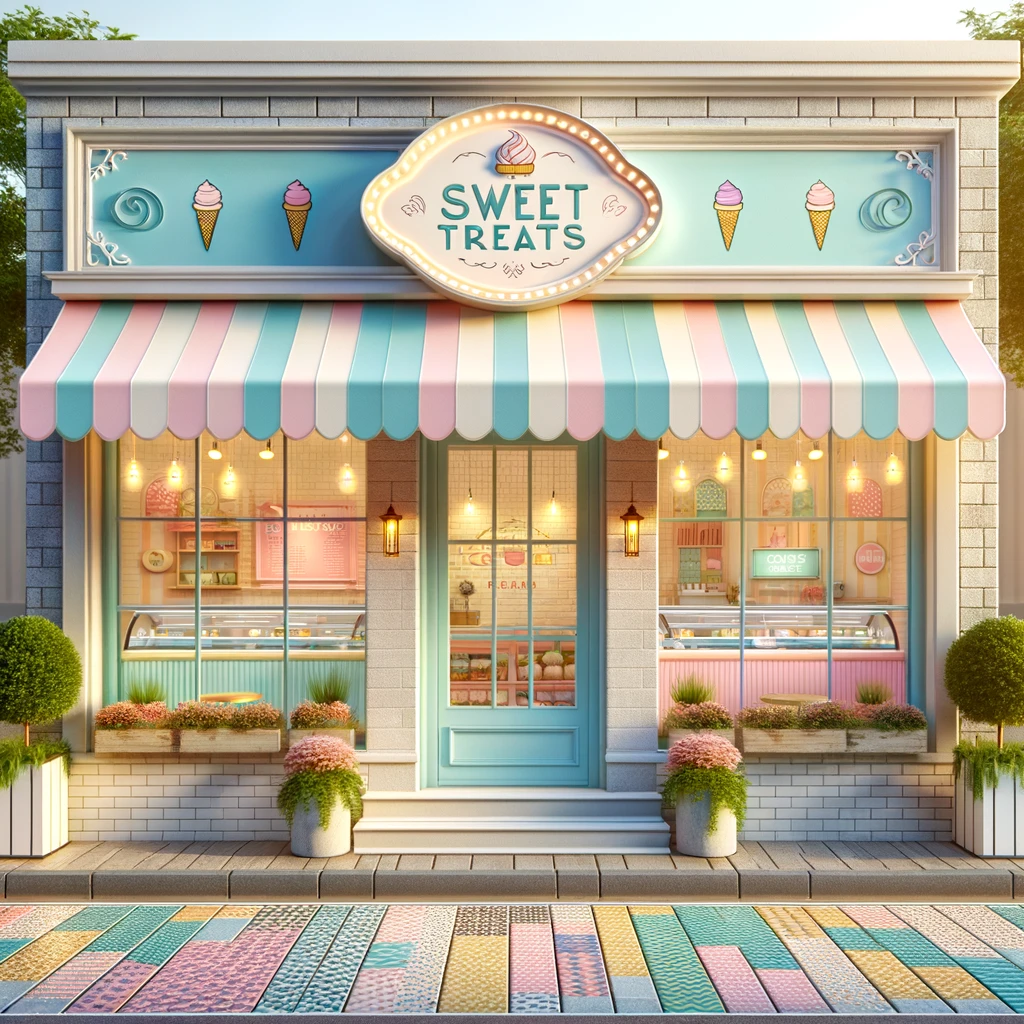
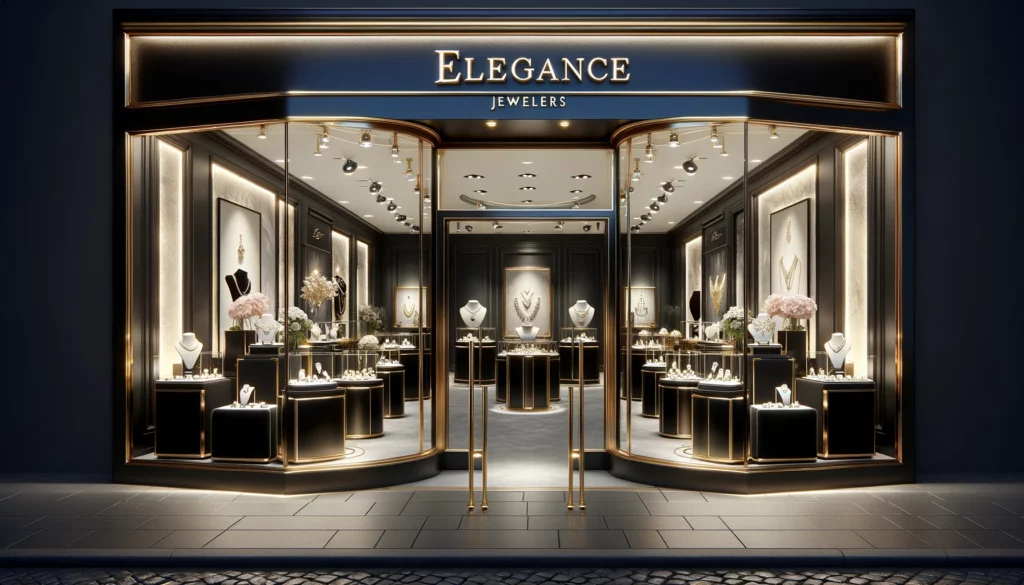


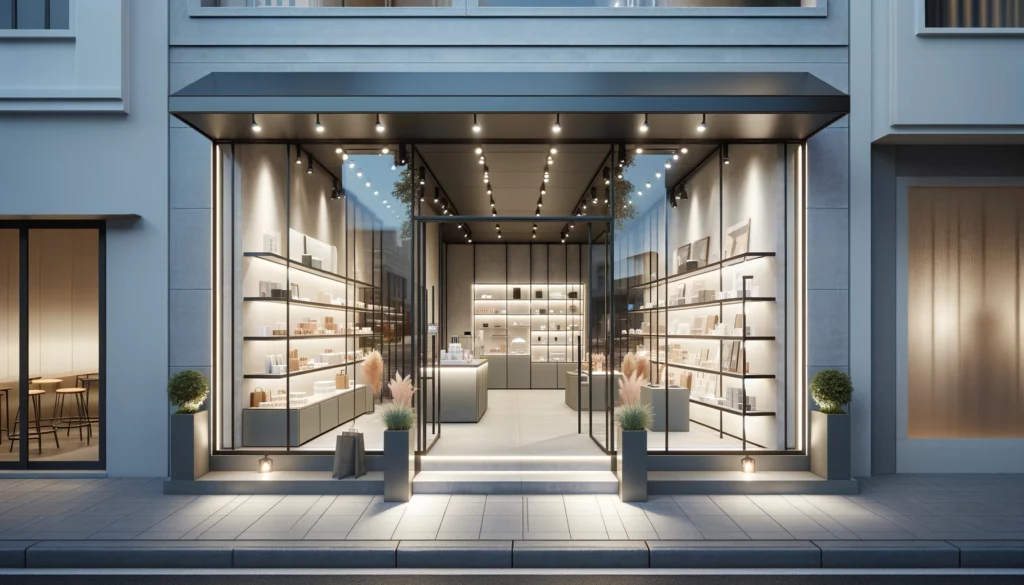
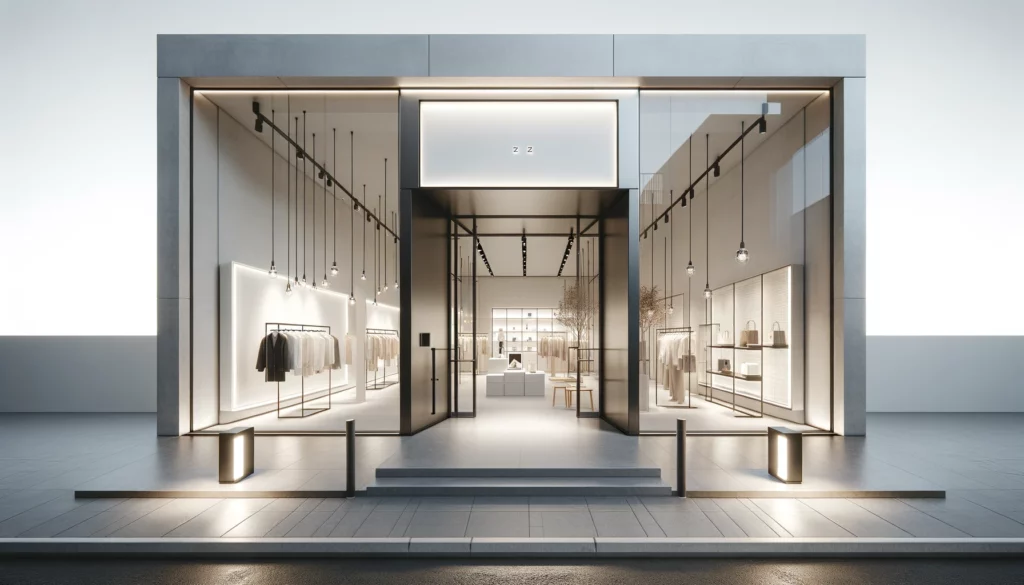




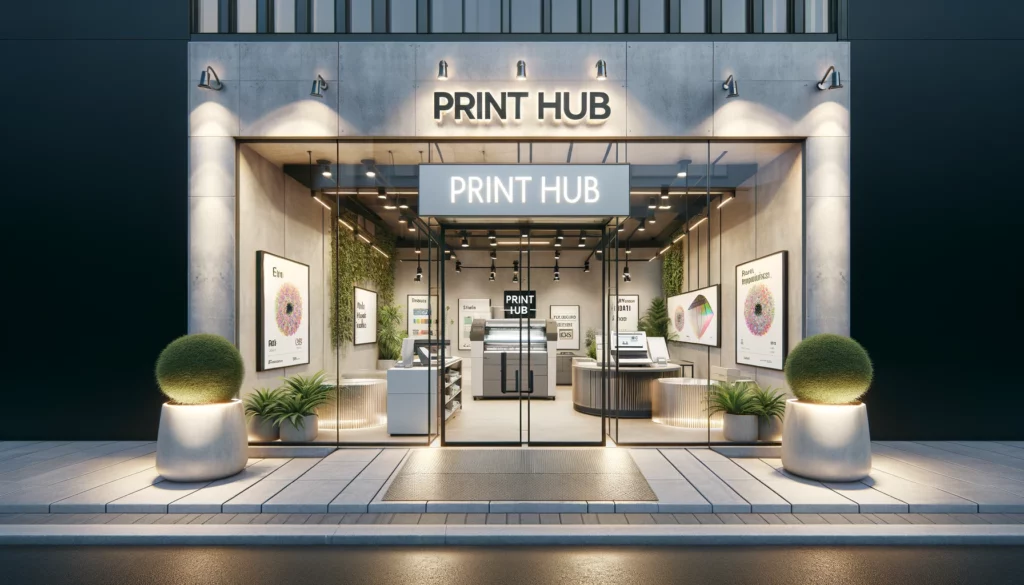

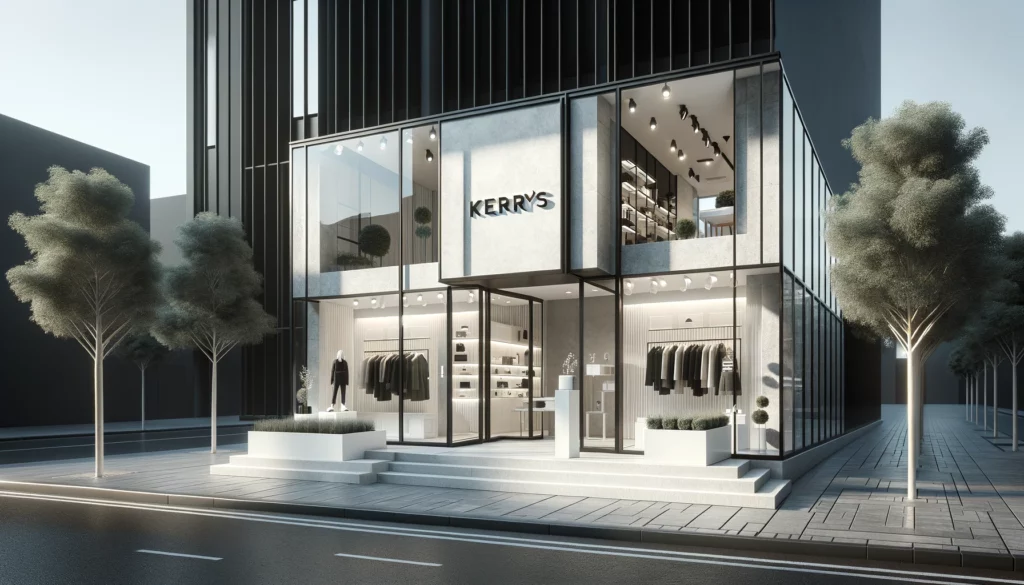


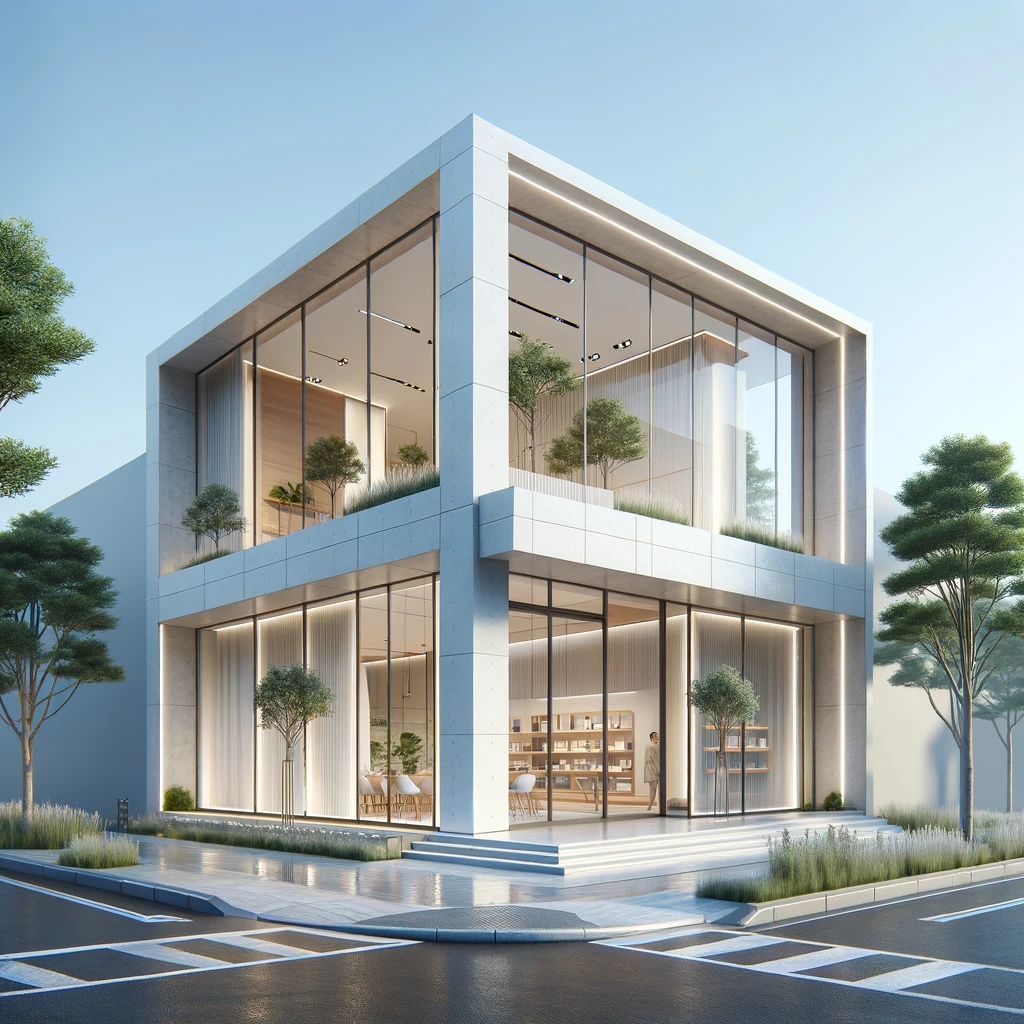
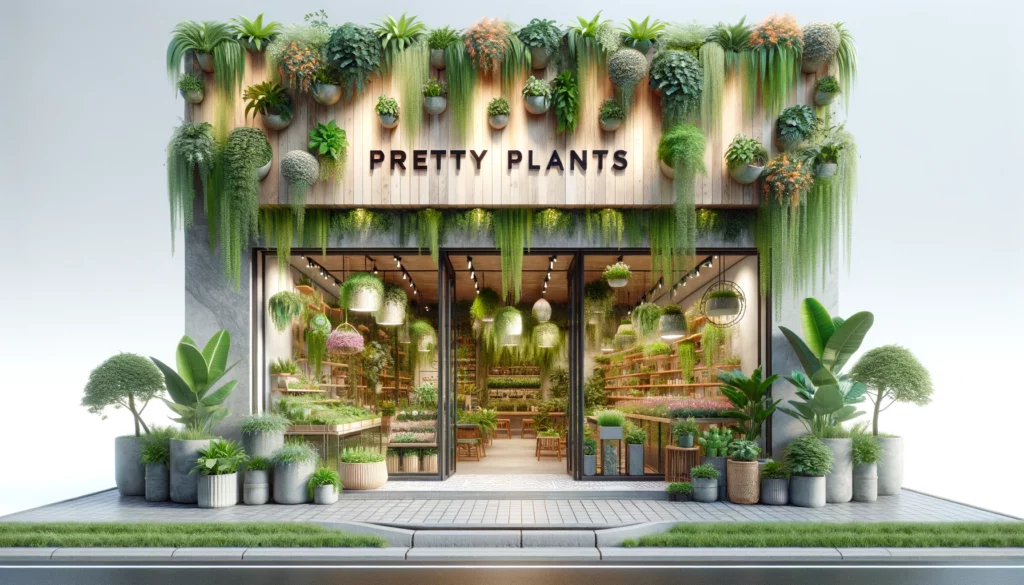










We Aim To Reply To All Enquiries With-in 24-Hours